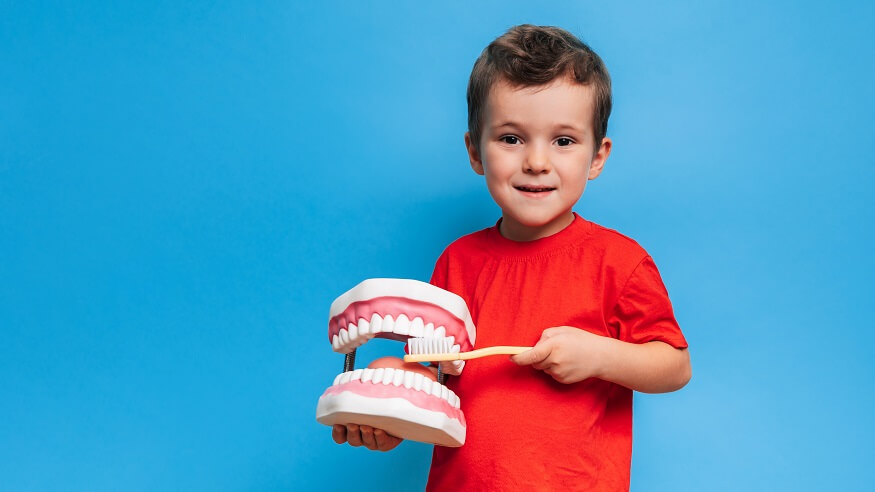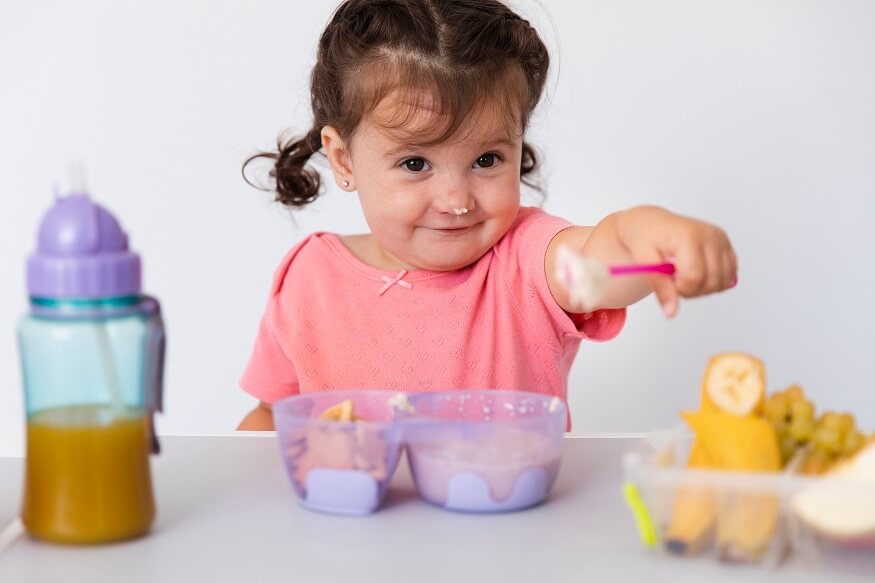The emergence of the first tooth in a baby is a momentous occasion, marking a new phase in their development. Understanding the typical order of appearance for baby teeth can help parents anticipate and manage this natural process. This guide provides an in-depth look at the timeline and sequence in which baby teeth typically appear, along with a baby teeth chart for easy reference.
Typical Timeline and Order of Appearance
Understanding this timeline can help parents anticipate and prepare for each stage of their child’s dental development. Here is an overview of the typical order and approximate age range for the appearance of baby teeth:
- Lower Central Incisors (6-10 months): The first teeth to emerge are usually the lower central incisors. These are the two bottom front teeth. They typically appear between 6 and 10 months of age.
- Upper Central Incisors (8-12 months): The upper central incisors emerge following the lower central incisors. These are the two upper front teeth, appearing usually between 8 and 12 months.
- Upper Lateral Incisors (9-13 months): After the central incisors, the upper lateral incisors begin to appear. These are located on either side of the upper central incisors and typically emerge between 9 and 13 months.
- Lower Lateral Incisors (10-16 months): Simultaneously or soon after the upper lateral incisors, the lower lateral incisors appear. These teeth are located next to the lower central incisors and generally come in between 10 and 16 months.
- First Molars (13-19 months): The first molars are next, appearing in both the upper and lower jaws. Unlike the incisors, these are broader teeth used for grinding food. They usually emerge between 13 and 19 months.
- Canines (16-23 months): Following the first molars, the canines (or cuspids) appear. These are the pointed teeth located next to the lateral incisors in both the upper and lower jaws. They typically emerge between 16 and 23 months.
- Second Molars (23-33 months): The second set of molars is usually the last of the baby teeth to appear. These are also broad, grinding teeth located at the back of the mouth, next to the first molars. They generally come in between 23 and 33 months.
By the age of three, most children will have their full set of 20 primary teeth. It’s important to remember that this is a general guide, and the actual timing may vary. Some children might get their teeth earlier or later than the ages mentioned. Additionally, the order in which the teeth appear can vary slightly between children.
Also Read: Childhood Dental Health and Nutrition: Foods that protect and harm young teeth
Baby’s First Tooth: 10 Facts Parents Should Know
- Typical Age of Appearance: The first tooth usually appears between 6 and 10 months of age, but this can vary widely among babies. Some may get their first tooth as early as 3 months, while others might not have one until after their first birthday.
- Lower Front Teeth Emerge First: In most cases, the first teeth to erupt are the lower central incisors (the bottom front teeth).
- Teething Symptoms Can Vary: Some babies experience teething discomfort, which can include drooling, irritability, and a tendency to chew on objects. However, others might have no noticeable symptoms.
- Gum Rubbing Can Provide Relief: Gently rubbing your baby’s gums with a clean finger or offering a teething ring can provide relief from teething discomfort.
- Fluoride Toothpaste Usage: As soon as the first tooth appears, you should begin brushing it with a tiny smear of fluoride toothpaste, no larger than a grain of rice.
- Regular Dental Check-Ups: Schedule your baby’s first dental visit by their first birthday or when their first tooth is visible. Early dental visits help establish a foundation for good oral health.
- Teething Doesn’t Cause Fever: Contrary to popular belief, teething does not cause high fever or diarrhoea. If your baby experiences these symptoms, it’s important to seek medical advice as they might be unrelated to teething.
- Sequence of Tooth Emergence: After the lower central incisors, the upper central incisors usually come next, followed by the lateral incisors, first molars, canines, and second molars.
- Importance of Baby Teeth: Baby teeth are important for chewing, speaking, and holding space for permanent teeth. They play a critical role in the proper alignment and spacing of adult teeth.
- Healthy Diet for Healthy Teeth: A balanced diet is important for your baby’s tooth development. Avoid sugary snacks and drinks to reduce the risk of tooth decay. Breast milk, formula, and water are best for babies to drink.
Also Read: 10 Ways To Wean Off Pacifier: Pros And Risks of Continued Use
The Importance of Baby Teeth
The importance of baby teeth, also known as primary teeth, is often underestimated. These teeth play several crucial roles in a child’s development and overall health:
- Aid in Nutrition: Baby teeth are essential for chewing food effectively, which helps in proper digestion and nutrition. They enable children to broaden their diet and receive adequate nutrition from a variety of foods.
- Speech Development: The presence of baby teeth aids in the formation of correct speech patterns and helps in the development of clear speech. They act as guides for the tongue when forming sounds.
- Facial Structure and Appearance: Baby teeth contribute to the normal development of the facial bones and muscles. They help in maintaining an attractive appearance and contribute to the development of a child’s facial profile.
- Guide for Permanent Teeth: Baby teeth reserve space and guide permanent teeth into their correct positions. Losing baby teeth prematurely can lead to misalignment issues, as adjacent teeth may drift into the empty space, causing problems for emerging permanent teeth.
- Prevention of Future Dental Issues: Healthy baby teeth set the stage for healthy permanent teeth. Decay in baby teeth can lead to a greater risk of decay in permanent teeth. Maintaining healthy baby teeth helps reduce the risk of extensive dental treatments later in life.
- Development of Good Oral Hygiene Habits: Early introduction to dental care, including regular brushing and dental check-ups, establishes good oral hygiene habits. This early start is crucial in preventing tooth decay and other dental problems.
- Boosts Confidence and Self-Esteem: Healthy, well-maintained baby teeth contribute to a child’s self-esteem. A healthy smile can positively impact social interactions and confidence in school and other activities.
- General Health and Well-being: Poor oral health in early childhood can lead to broader health issues, including infections that can affect overall well-being. Healthy baby teeth are an integral part of maintaining good general health.
Also Read: Is Baby Not Meeting Their Milestones? What To Do Next
For more such informative articles, read EuroSchool blogs.










